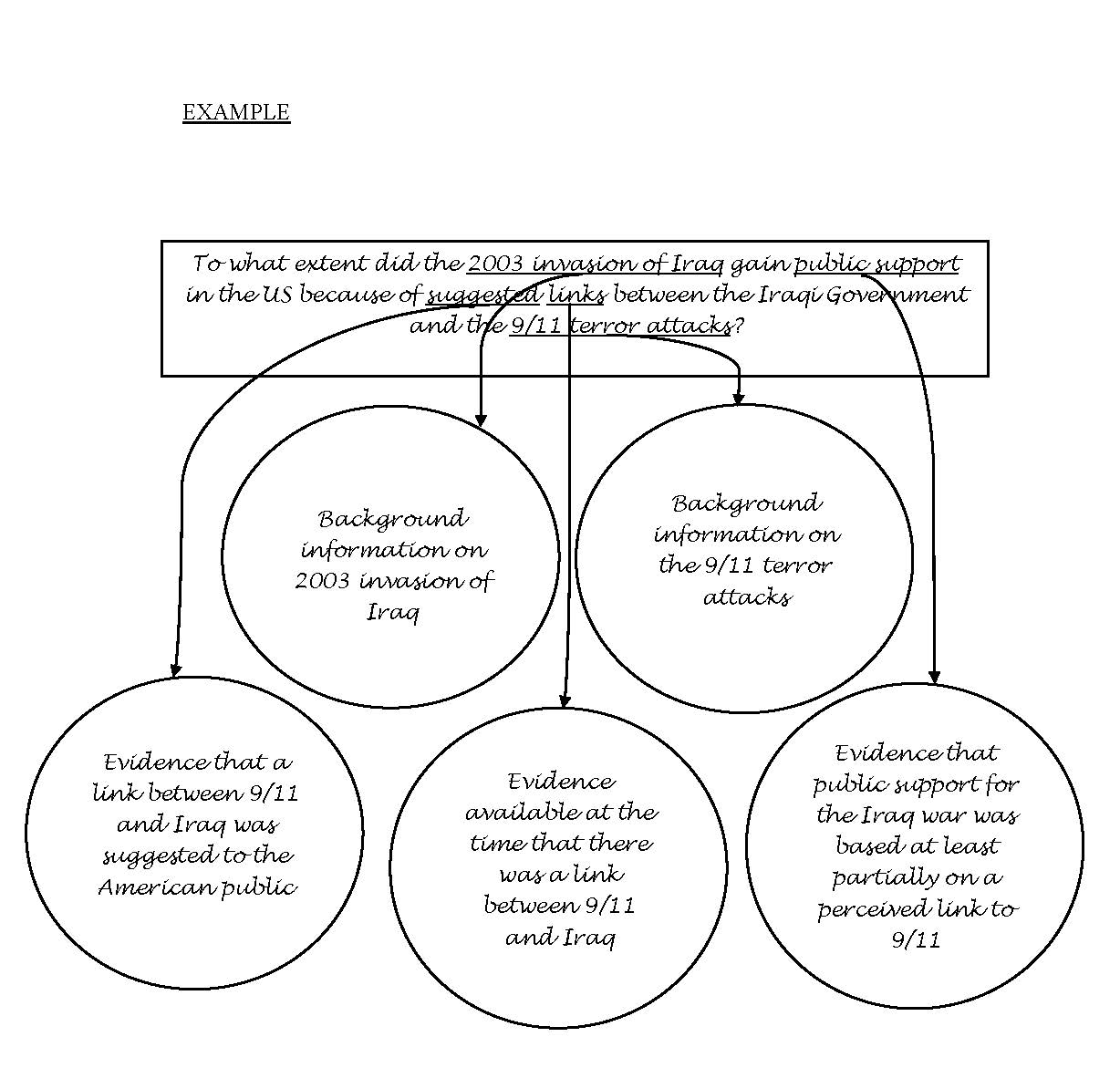Click here to download a copy of this guide for offline use
Purpose: Instead of waiting until after you have written your paper to write an outline, you should put one together before you begin writing your first draft. However, it is important to view your outline as changeable. You will revise it alongside your paper as necessary, and it will serve as a reference to the structure of your paper at a given time. This will help keep the flow of ideas in your paper organized as you develop and revise it. This guide will help you create your first outline, and can be revisited when you want to revise your outline.
Instructions: Before beginning, you should already have a good research question. If you do not yet have a research question, complete the guide Developing a Good Research Question before following this guide. Two main considerations when writing your outline are…
1. What background information will my readers need?
2. What will I need to say in my paper in order answer my research question?
In preparation for writing your outline, it can be helpful to use a graphic organizer. You can either draw one for yourself, or use the one that is included in the PDF version of this guide. As you can see in the example below, you will start by writing your research question down in the box. Then, in the circles below it you will write down different elements of your research question that will need attention in your paper. You may not need to use every circle. It will help to underline the different parts of your research question and draw lines to the relevant circles. In this way, you can clearly see the connections between your question and what you will need to say in your paper.

3. Put things in order. After you have written down some things that you will need to talk about in your paper, put them in a reasonable order of presentation. Background information will go into the introduction section, then you can put the things you wrote in the circles in a logical order to form an outline for the body of your paper. You can see an example below, which continues the example above. You can fill in the boxes with information for your own outline and then print this page, or use the template provided in the PDF version of this guide. You will also need a conclusion, but you will not be able to write anything more than “conclusion” in your outline until later on, after you have developed the body of your paper. The notes section at the end is for any extra questions or comments you might like to add to the outline to help guide your research.
Introduction
Body
Conclusion
Notes
Press CTRL + P or ⌘ + P to print the current page. Any text you typed in will be preserved.
Back to writing and research guides